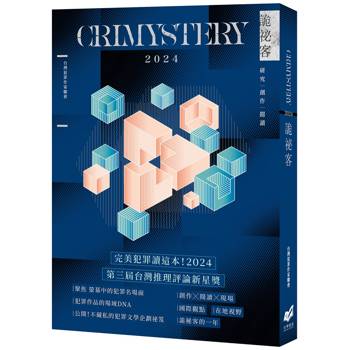The film of the so-called Islamic State is part of the still relatively opaque history of radical Sunni Islamist video propaganda, a field in which it is simultaneously its strongest exponent. Through its imports of aesthetics in the age of digitalization and the concurrent de-professionalization of film, this violent propaganda film has interestingly drawn attention for its seeming likeness to Hollywood film, an odd comparison that the Islamic State itself opposes through its own filmic antagonisms to commercial cinema. In an intermittent attempt at attacking cinematic illusionism, it has made increasing use of cinematic devices in order to communicate its violent and anti-humanist ideology - and has thereby entered a state of filmic self-contradiction. This book analyzes and uncovers the mechanisms and dynamics of ideological communication in the Islamic State’s videos through a combined historical and neoformalist approach, making them predictable for future researchers.
| FindBook |
有 1 項符合
The Film of the Islamic State: The Cinefication of Jihadi Video的圖書 |
 |
The Film of the Islamic State: The Cinefication of Jihadi Video 作者:Beese 出版社:Springer vs 出版日期:2024-05-28 語言:英文 規格:平裝 / 331頁 / 普通級/ 初版 |
| 圖書館借閱 |
| 國家圖書館 | 全國圖書書目資訊網 | 國立公共資訊圖書館 | 電子書服務平台 | MetaCat 跨館整合查詢 |
| 臺北市立圖書館 | 新北市立圖書館 | 基隆市公共圖書館 | 桃園市立圖書館 | 新竹縣公共圖書館 |
| 苗栗縣立圖書館 | 臺中市立圖書館 | 彰化縣公共圖書館 | 南投縣文化局 | 雲林縣公共圖書館 |
| 嘉義縣圖書館 | 臺南市立圖書館 | 高雄市立圖書館 | 屏東縣公共圖書館 | 宜蘭縣公共圖書館 |
| 花蓮縣文化局 | 臺東縣文化處 |
|
|
圖書介紹 - 資料來源:博客來 評分:
圖書名稱:The Film of the Islamic State: The Cinefication of Jihadi Video
內容簡介
作者簡介
Yorck Beese is a film director, video producer and film scholar. During his time as a researcher in the junior research group Jihadism on the Internet (2017-2022), he has intensively researched the propaganda film of radical Sunni Islamism as well as other propaganda films. His fields of expertise include film analysis, propaganda film history, film aesthetics, and narratology.
The Art of Elio
Orgy Plus Massacre 2: Sexy, Scary & Sensational Cinema (1957-1959)
Scoring Italian Cinema: Patterns of Collaboration
The Absence Trilogy
Law, Justice, and Society in the Medieval World: An Introduction Through Film
Law, Justice, and Society in the Medieval World: An Introduction Through Film
Back from the Future: 40 Years of Fandom, Flux Capacitors, and Timeless Adventures
Radicalisation: A Conceptual Inquiry
Epidemic Cinema: The Rise of a Genre
Performance Art in Portugal
Orgy Plus Massacre 2: Sexy, Scary & Sensational Cinema (1957-1959)
Scoring Italian Cinema: Patterns of Collaboration
The Absence Trilogy
Law, Justice, and Society in the Medieval World: An Introduction Through Film
Law, Justice, and Society in the Medieval World: An Introduction Through Film
Back from the Future: 40 Years of Fandom, Flux Capacitors, and Timeless Adventures
Radicalisation: A Conceptual Inquiry
Epidemic Cinema: The Rise of a Genre
Performance Art in Portugal
|









